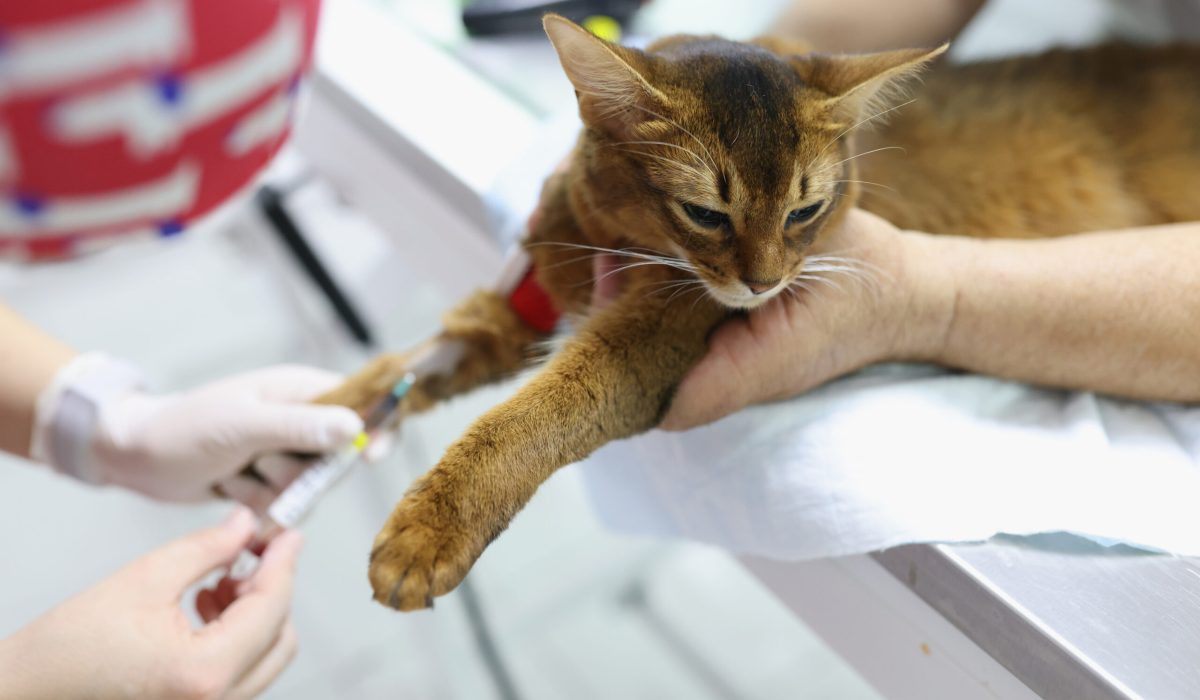The art of rescuing cats from challenging situations requires a delicate balance of preparation, patience, and practical knowledge. Whether you’re a seasoned rescuer or new to the field, understanding the complexities of difficult rescues can make the difference between success and failure. This guide draws from experienced rescuers’ insights to help you navigate challenging rescue scenarios safely and effectively.
Understanding the rescue environment is your first crucial step. Before attempting any rescue, take time to assess the situation thoroughly. Consider the cat’s location, potential escape routes, and any immediate dangers. Weather conditions, time of day, and nearby traffic can all impact your rescue strategy. Most importantly, ensure your safety first – a failed rescue attempt today means you can try again tomorrow, but an injured rescuer helps no one.
Safety equipment forms the foundation of any rescue attempt. Your basic kit should include thick gloves, a sturdy carrier, towels, and proper restraint equipment. For more complex situations, you might need extension poles, nets, or traps. Keep first aid supplies readily available for both human and feline emergencies. Remember that proper equipment isn’t just about safety – it’s about giving you the confidence to act decisively when moments count.
The approach to a scared or injured cat requires exceptional patience. Move slowly and deliberately, avoiding direct eye contact which cats often perceive as threatening. Your body language speaks volumes to a frightened feline – keep your movements calm and predictable. Sometimes, the best approach is to simply sit quietly nearby, allowing the cat to grow accustomed to your presence. This might take hours, but rushing rarely leads to success.
Food can be your greatest ally in difficult rescues. Strong-smelling foods like tuna or sardines often prove irresistible, even to the most cautious cats. Create a feeding station that gradually moves closer to your trap or carrier. This method requires time and consistency, but it builds trust and increases your chances of a successful rescue. Remember to maintain regular feeding times if you’re working with a particularly wary cat.
Trapping becomes necessary in many challenging scenarios. Humane traps require careful setup and monitoring. Place the trap on stable ground, camouflage it naturally, and ensure it’s protected from the elements. Line the bottom with newspaper or cloth to make it less intimidating. Check traps frequently – at least every few hours during daylight, and consider using trap alerts for overnight monitoring. Never leave a trap unattended in extreme weather conditions.
Understanding cat behavior dramatically improves your rescue success rate. Cats often establish predictable routines, even in survival situations. Observe their patterns – feeding times, preferred paths, and resting spots. This information helps you plan the optimal time and location for rescue attempts. Remember that cats are crepuscular, meaning they’re most active at dawn and dusk – these times often present the best rescue opportunities.
Working with community resources strengthens your rescue efforts. Build relationships with local veterinarians, animal control officers, and other rescuers. Many areas have rescue networks that share resources, information, and support. Don’t hesitate to ask for help with difficult cases – experienced rescuers can offer invaluable guidance and assistance. Sometimes, a fresh perspective makes all the difference in a challenging rescue.
Emergency situations require special consideration. If a cat is injured or in immediate danger, you may need to act more quickly than ideal. Have an emergency plan in place, including contact information for 24-hour veterinary care and animal emergency services. Know your limits – some situations require professional intervention, especially when dealing with confined spaces, heights, or dangerous conditions.
Documentation plays a vital role in rescue work. Keep detailed records of your rescue attempts, including dates, times, and methods used. Photographs can help identify individual cats and track their locations. This information not only helps you refine your approach but can also assist others who might join the rescue effort. Share your experiences with the rescue community – your successes and challenges can help others facing similar situations.
Post-rescue care planning is essential before any rescue attempt. Have a safe, quiet space prepared where the cat can decompress. Arrange veterinary care in advance when possible. Consider potential quarantine needs if you have other animals. Think through the next steps – will you foster the cat yourself, work with a rescue organization, or have other placement options ready?
Recovery and rehabilitation form the final phase of difficult rescues. Some cats adapt quickly to domestic life, while others need extensive socialization. Be prepared for either scenario. Create a calm, predictable environment that allows the cat to adjust at their own pace. Remember that recovery isn’t just physical – many rescued cats need time to overcome psychological trauma from their experiences.
Success in difficult rescues often comes down to preparation, patience, and perseverance. Each challenging situation teaches valuable lessons that improve your future rescue efforts. Share your knowledge with others, support fellow rescuers, and remember that every successful rescue, no matter how difficult, makes a profound difference in a cat’s life.


